Scientists confirm solar system's second interstellar visitor
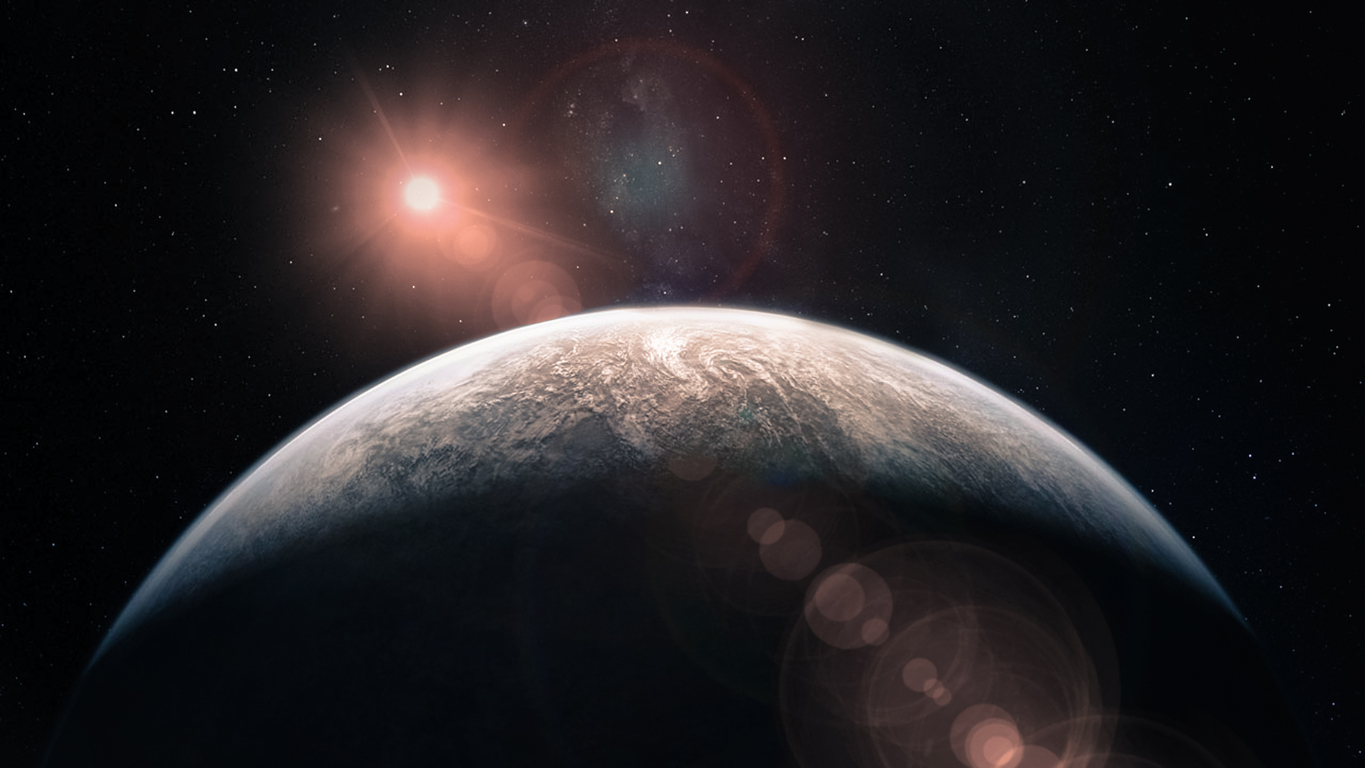

The solar system is getting friendlier by the year it seems.
Following observations by NASA's Jet Propulsion Laboratory Solar System Dynamics Group, scientists confirmed that a comet seen traveling across the sky last month, which was thought to have come from a different solar system, is indeed "unambiguously" of interstellar origin.
The visitor also has a new name, 2I/Borisov. It's actually coming closer to Earth, CNN reports, and once it makes its way to the inner part of the solar system, scientists will be able to get a better understanding of it. Don't expect 2I/Borisov to stay for long, though. "The comet's current velocity is high, about 93,000 mph, which is well above the typical velocities of objects orbiting the Sun at that distance," NASA's David Farnoccia said. "The high velocity indicates not only that the object likely originated outside our solar system but also that it will leave and head back to interstellar space."
The Week
Escape your echo chamber. Get the facts behind the news, plus analysis from multiple perspectives.

Sign up for The Week's Free Newsletters
From our morning news briefing to a weekly Good News Newsletter, get the best of The Week delivered directly to your inbox.
From our morning news briefing to a weekly Good News Newsletter, get the best of The Week delivered directly to your inbox.
2I/Borisov was spotted about two years after the first known interstellar object, Oumuamua, entered the solar system in October 2017. Read more at CNN.
A free daily email with the biggest news stories of the day – and the best features from TheWeek.com
Tim is a staff writer at The Week and has contributed to Bedford and Bowery and The New York Transatlantic. He is a graduate of Occidental College and NYU's journalism school. Tim enjoys writing about baseball, Europe, and extinct megafauna. He lives in New York City.
-
 Kristi Noem might not be long for Trumpland
Kristi Noem might not be long for TrumplandIN THE SPOTLIGHT The Homeland Security secretary has been one of the most visible and vocal architects of Trump’s anti-immigration efforts, even as her own star risks fading
-
 Senate votes down ACA subsidies, GOP alternative
Senate votes down ACA subsidies, GOP alternativeSpeed Read The Senate rejected the extension of Affordable Care Act tax credits, guaranteeing a steep rise in health care costs for millions of Americans
-
 Abrego García freed from jail on judge’s order
Abrego García freed from jail on judge’s orderSpeed Read The wrongfully deported man has been released from an ICE detention center
-
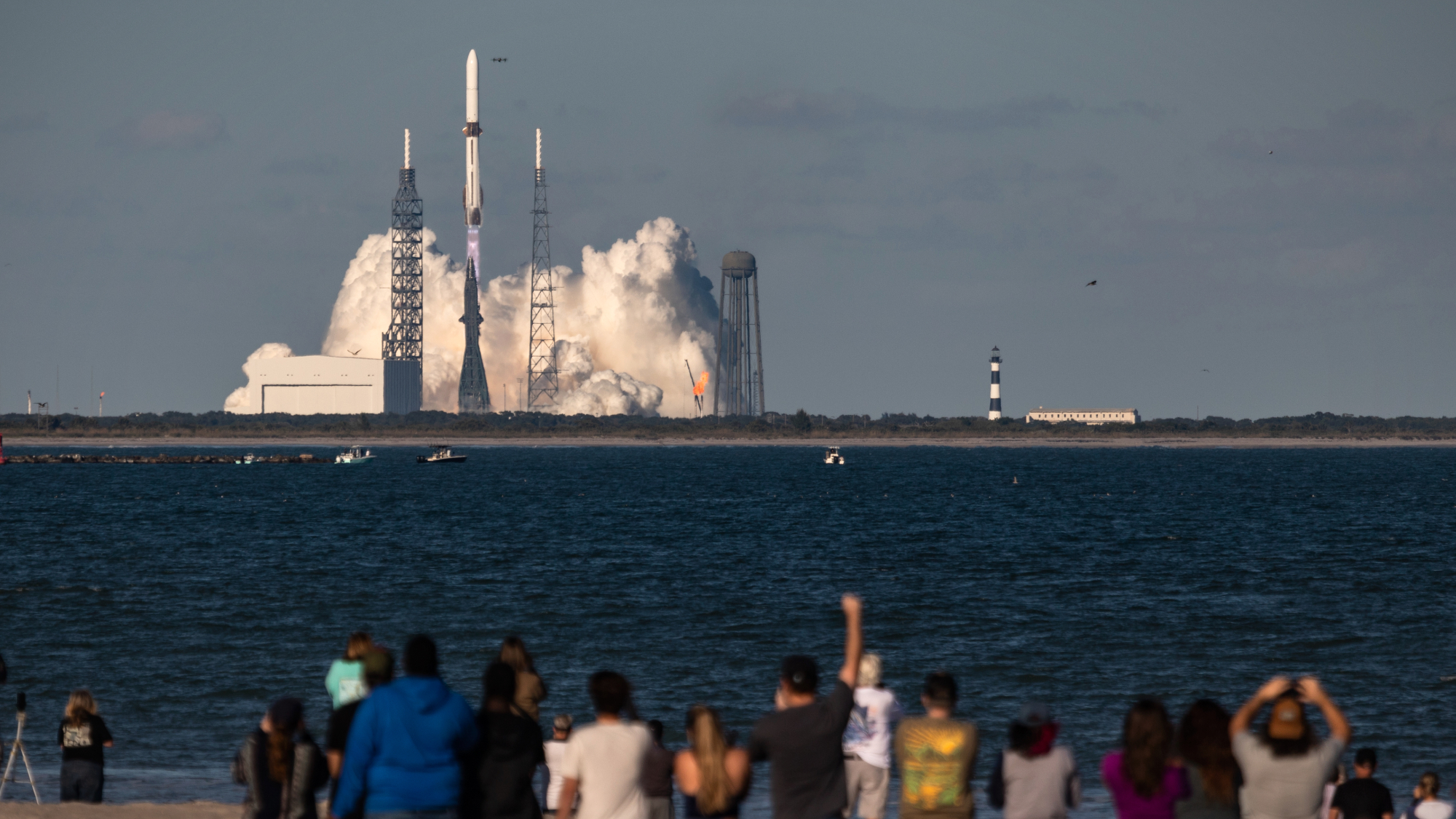 Blue Origin launches Mars probes in NASA debut
Blue Origin launches Mars probes in NASA debutSpeed Read The New Glenn rocket is carrying small twin spacecraft toward Mars as part of NASA’s Escapade mission
-
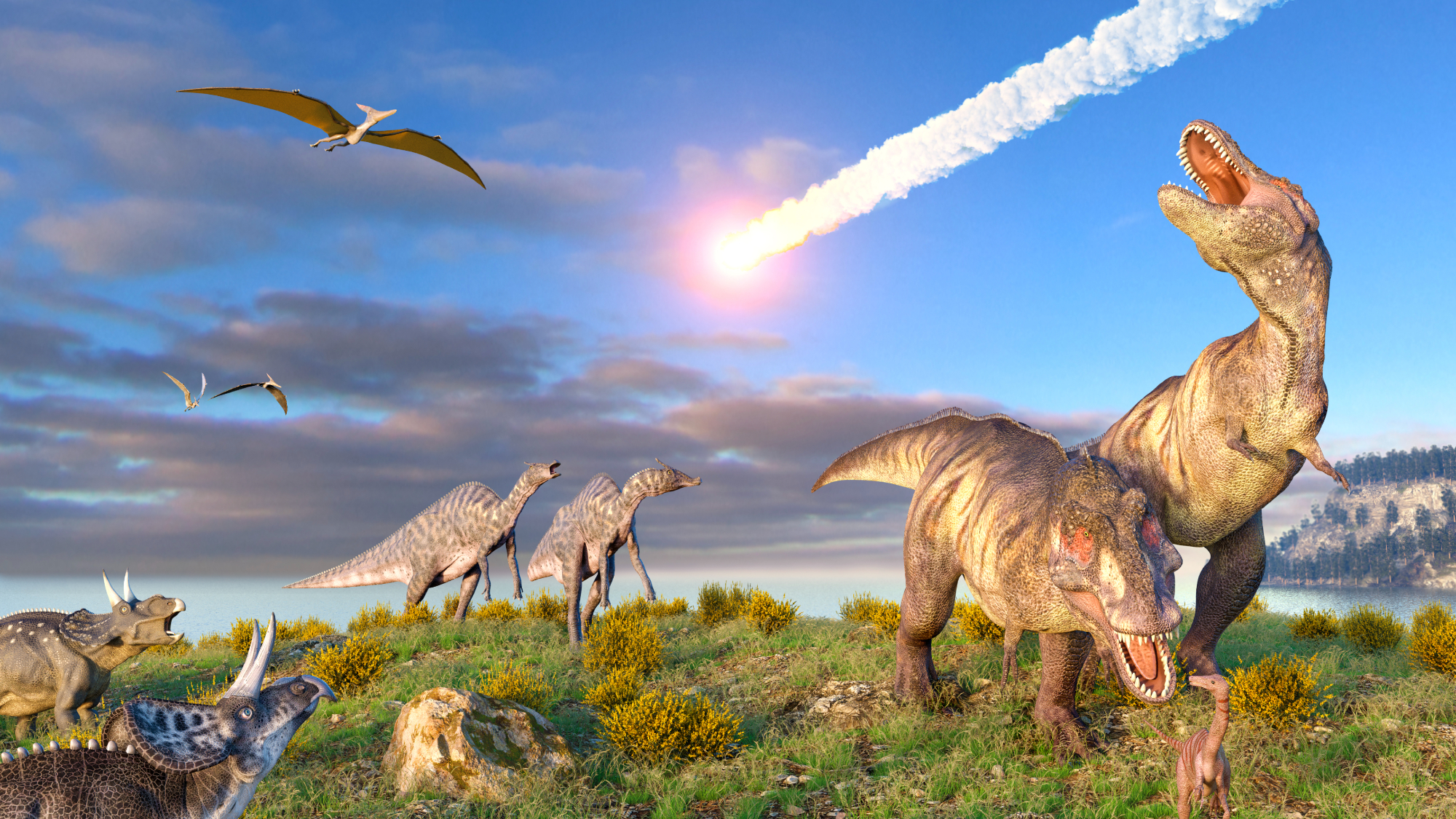 Dinosaurs were thriving before asteroid, study finds
Dinosaurs were thriving before asteroid, study findsSpeed Read The dinosaurs would not have gone extinct if not for the asteroid
-
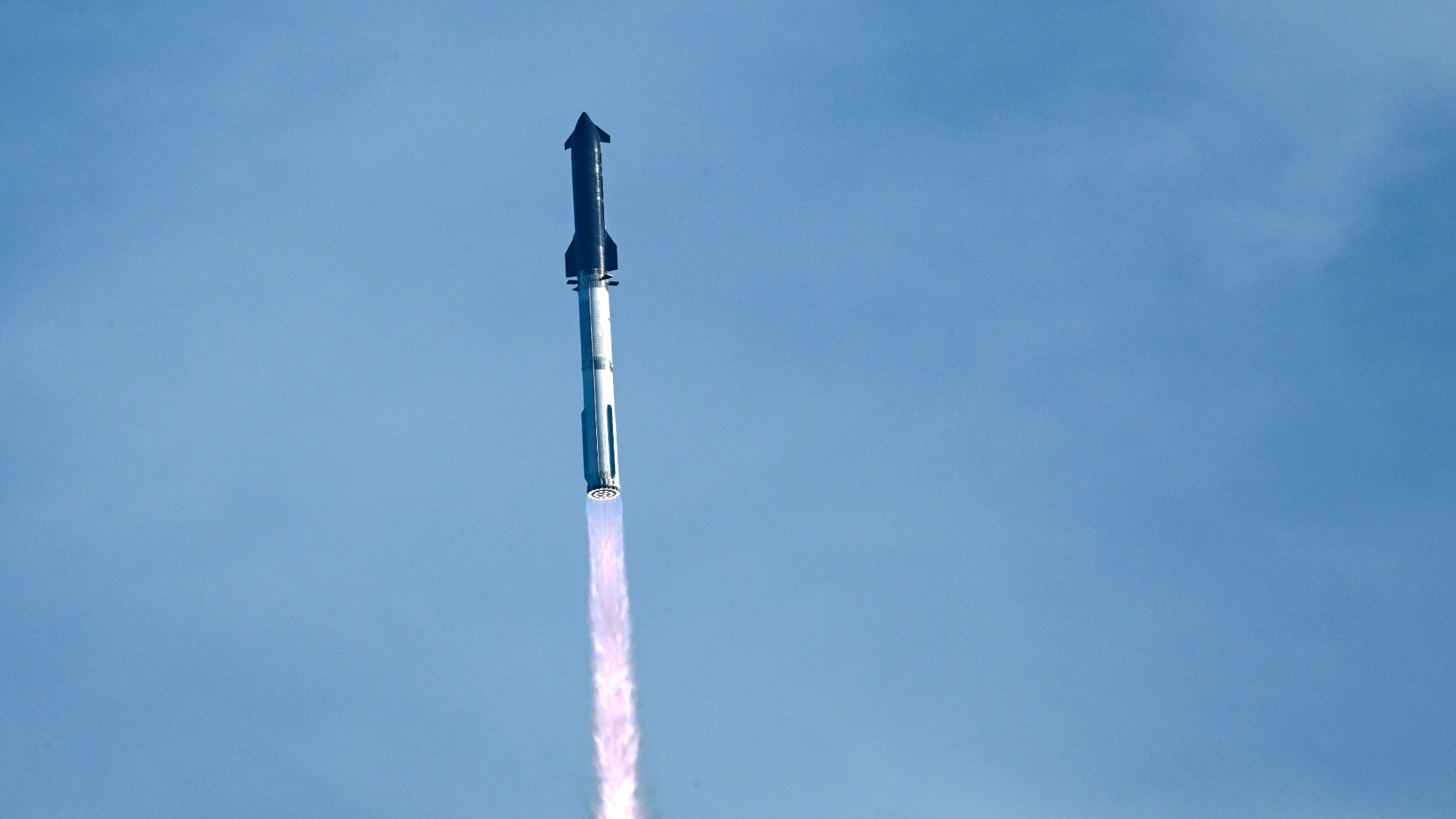 SpaceX breaks Starship losing streak in 10th test
SpaceX breaks Starship losing streak in 10th testspeed read The Starship rocket's test flight was largely successful, deploying eight dummy satellites during its hour in space
-
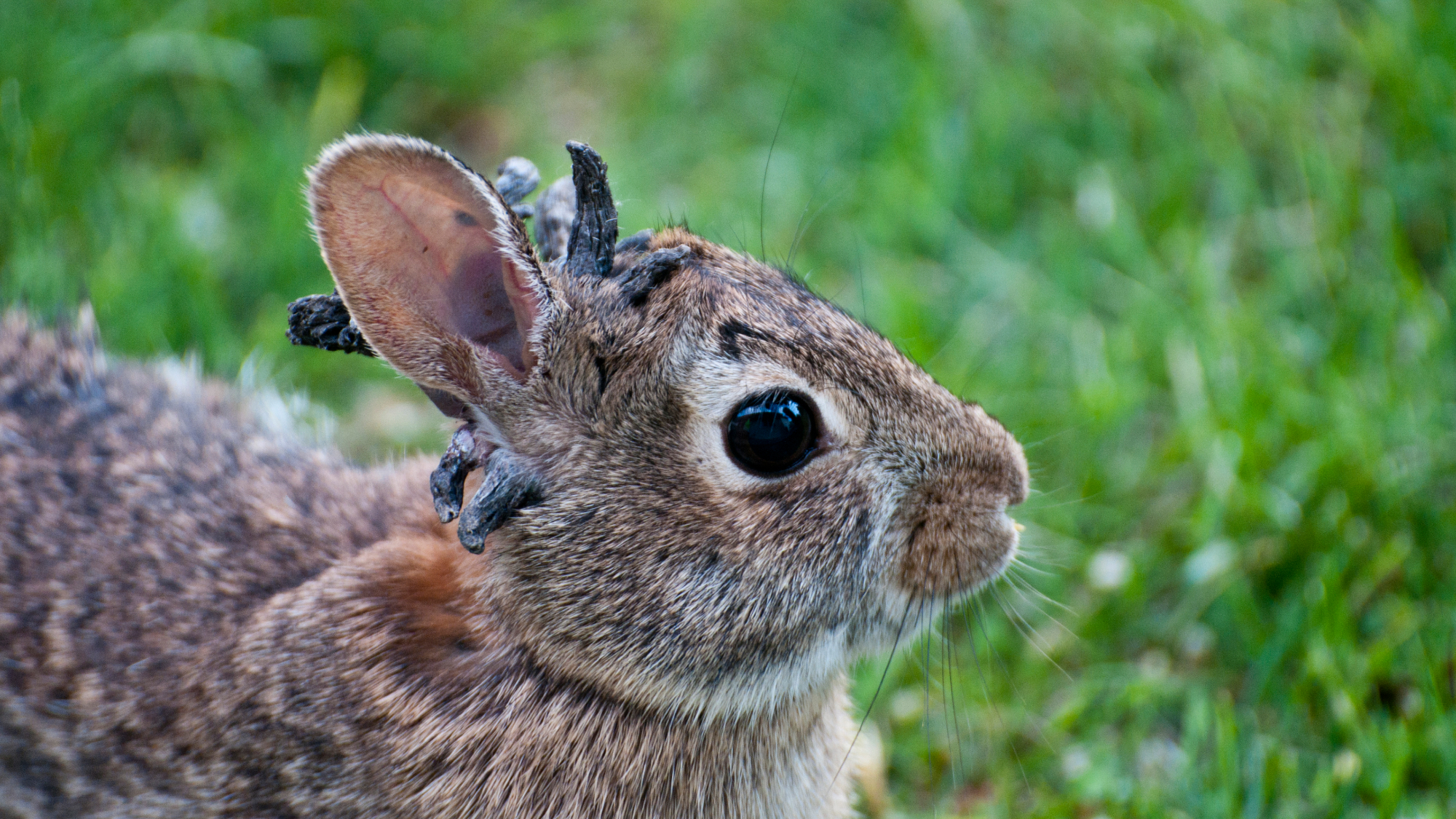 Rabbits with 'horns' sighted across Colorado
Rabbits with 'horns' sighted across Coloradospeed read These creatures are infected with the 'mostly harmless' Shope papilloma virus
-
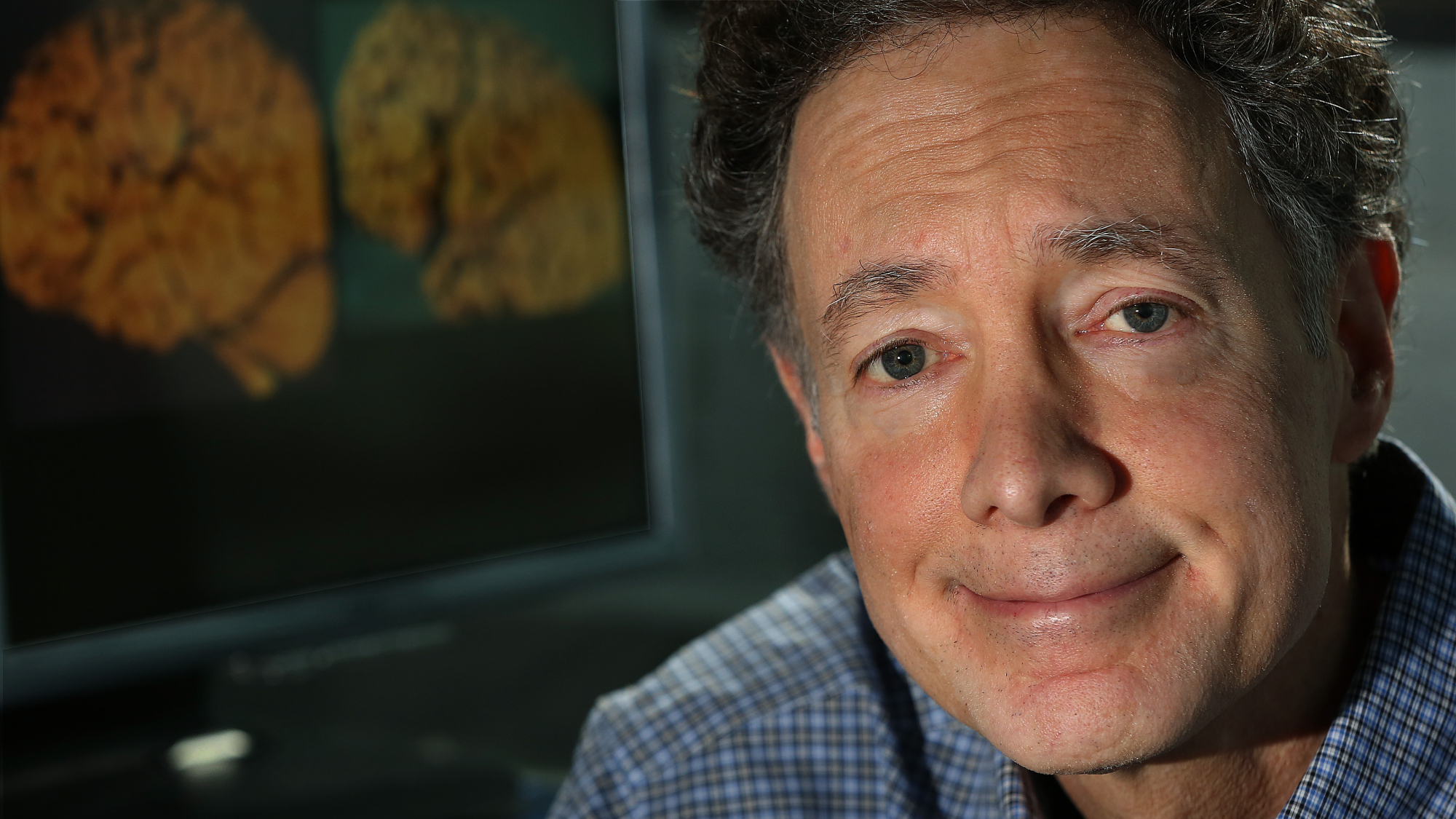 Lithium shows promise in Alzheimer's study
Lithium shows promise in Alzheimer's studySpeed Read Potential new treatments could use small amounts of the common metal
-
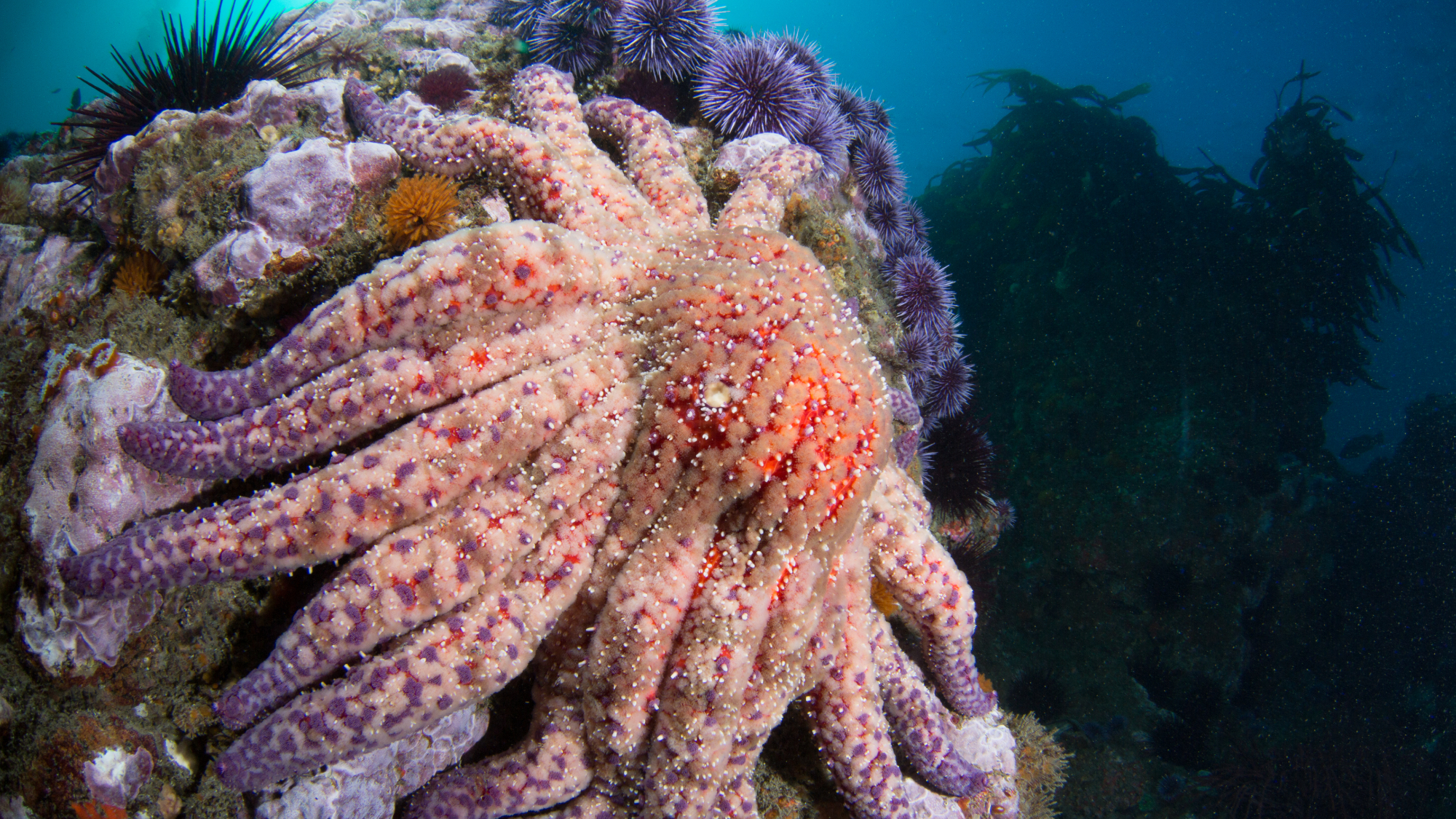 Scientists discover cause of massive sea star die-off
Scientists discover cause of massive sea star die-offSpeed Read A bacteria related to cholera has been found responsible for the deaths of more than 5 billion sea stars
-
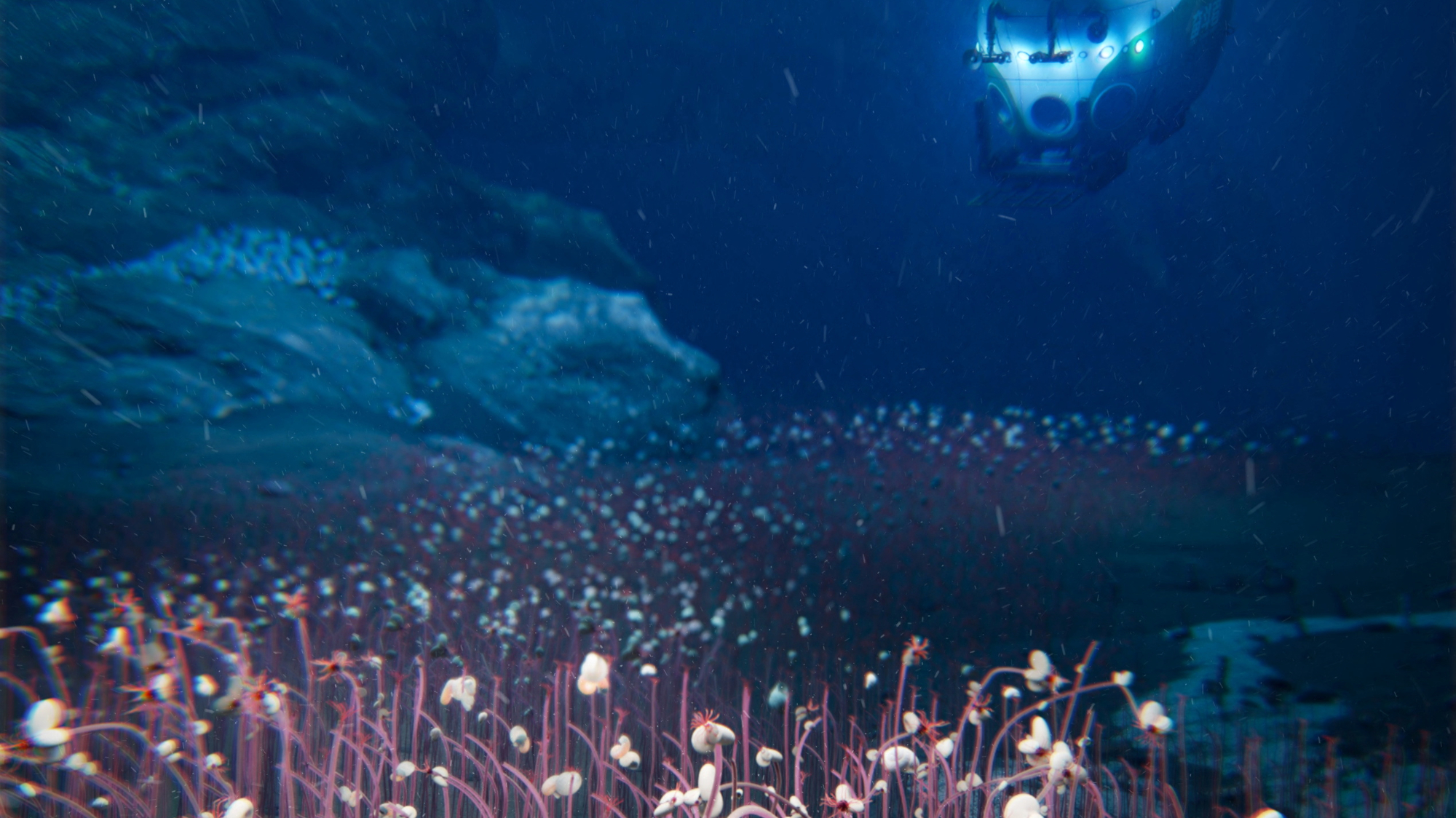 'Thriving' ecosystem found 30,000 feet undersea
'Thriving' ecosystem found 30,000 feet underseaSpeed Read Researchers discovered communities of creatures living in frigid, pitch-black waters under high pressure
-
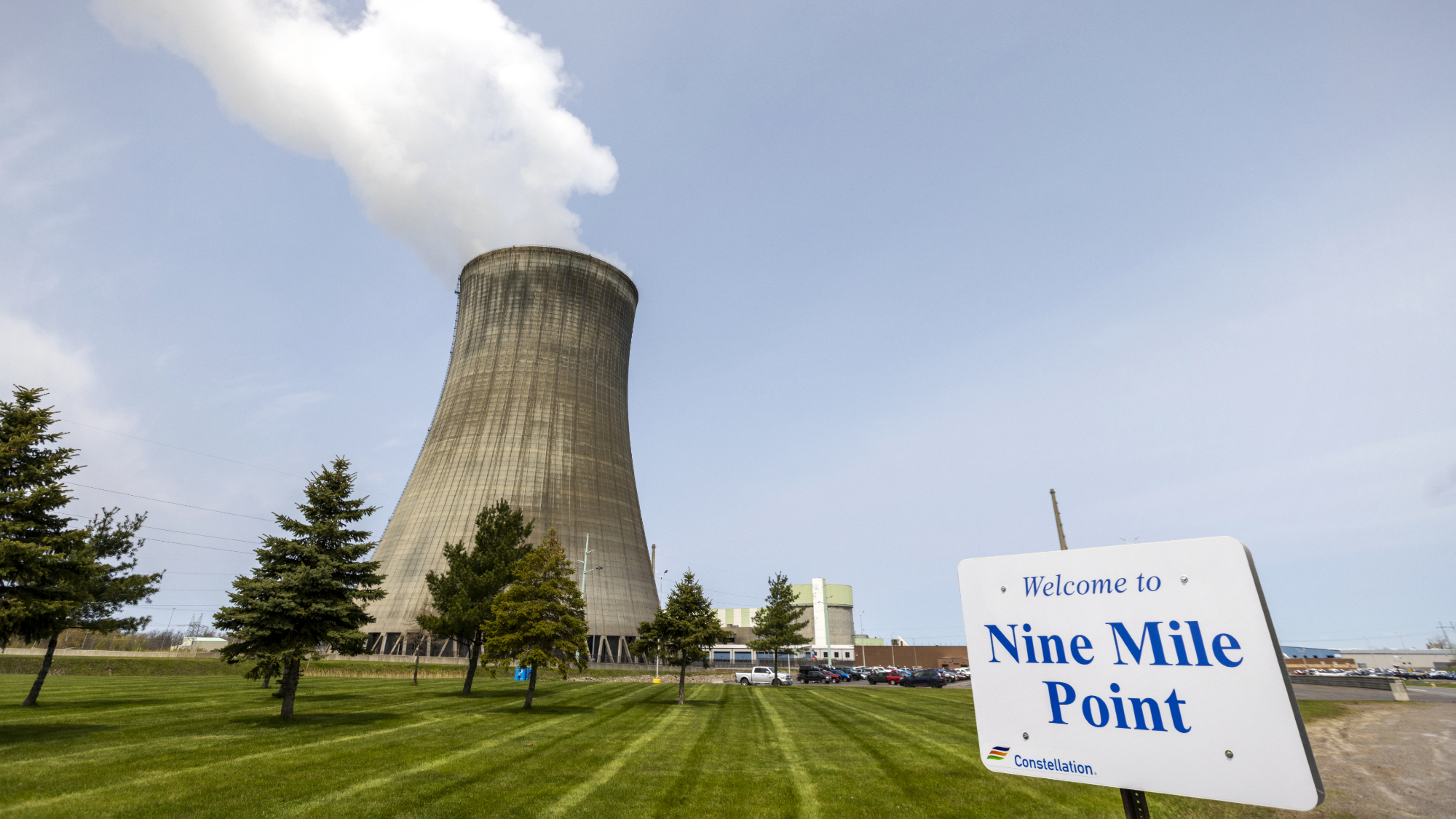 New York plans first nuclear plant in 36 years
New York plans first nuclear plant in 36 yearsSpeed Read The plant, to be constructed somewhere in upstate New York, will produce enough energy to power a million homes
